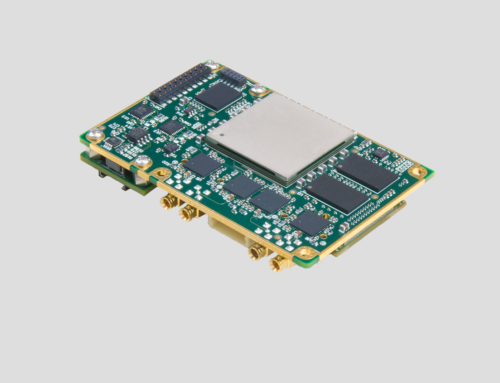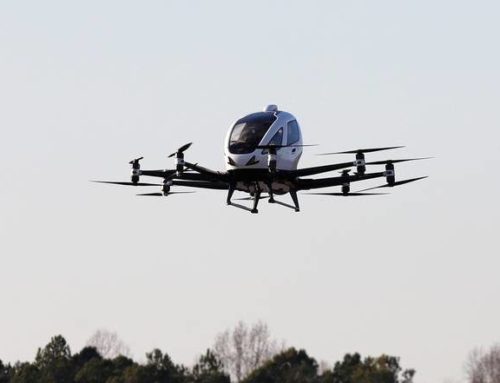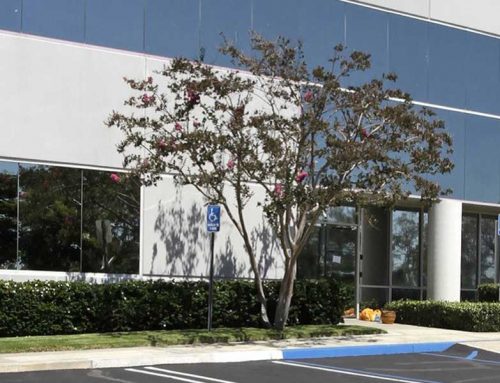In support to their US Navy contract for the Laser Aided Recovery System (LARS), Adsys Controls engineers successfully demonstrated GPS-independent navigation at a range of 4.7 km. Using a prototype ground-based Laser Reference Station (LRS) and airborne LARS Navigation Unit (LNU) developed under contract to the Navy and Marine Corps Multi-Mission Tactical UAS Program Office (PMA-266), testing was performed using a manned Robinson R44 helicopter in late June and early July 2015. This testing followed fixed wing testing in April 2015. The use of the manned rotorcraft vehicle facilitated a broad set of test objectives while mitigating the complexity of unmanned operations. “The team has worked hard to develop this transformative technology. This set of testing demonstrates that the technology is capable of meeting the challenging all-weather, precision navigation needs to support UAS mission execution and vehicle recovery,” claimed Brian Goldberg, Adsys Controls’ CEO.
LARS uses multiple laser transmissions and advanced on-board signal processing techniques to provide 3D precision navigation with complete independence from GPS and the RF spectrum. This all-weather long range navigation system offers a new solution for A2AD as well as EMCON environments where GPS is vulnerable, covert operations are required or RF interference/jamming is possible. With the ability to integrate GPS-independent navigation at extremely low airborne Size, Weight, and Power (SWaP) levels (approximately 1 lb airborne weight), LARS opens up new classes of UAS to this type of demanding and restrictive operational environment.





